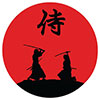
Situated in the vibrant district of Shinjuku, the museum showcases an extensive collection of samurai armor, weapons, and cultural artifacts spanning from the Kamakura to the Edo period. The exhibits aim to convey the samurai's unwavering commitment to honor and discipline, reflecting how their spirit continues to influence modern Japanese culture.
Interactive Experiences
Beyond static displays, the museum offers hands-on activities that allow visitors to engage directly with samurai culture. Guests can try on authentic samurai armor and helmets, participate in sword handling demonstrations, and observe Iaido performances, which showcase the art of drawing and cutting with a sword.
Visitor Information
Location: Approximately an 8-minute walk from Shinjuku Station on the JR Yamanote Line. Tokyo, Shinjuku City, Kabukicho, 2 Chome−25−6
Hours: Open daily from 10:30 AM to 9:00 PM, with the last admission at 8:30 PM.
The museum also features a gift shop offering a variety of samurai-related merchandise, including replica swords and traditional crafts.
Conclusion
The Samurai Museum in Tokyo provides an engaging and educational experience for those interested in Japan's rich warrior heritage. Its combination of historical exhibits and interactive elements makes it a compelling destination for visitors of all ages.
See also
-
Kanazawa Castle
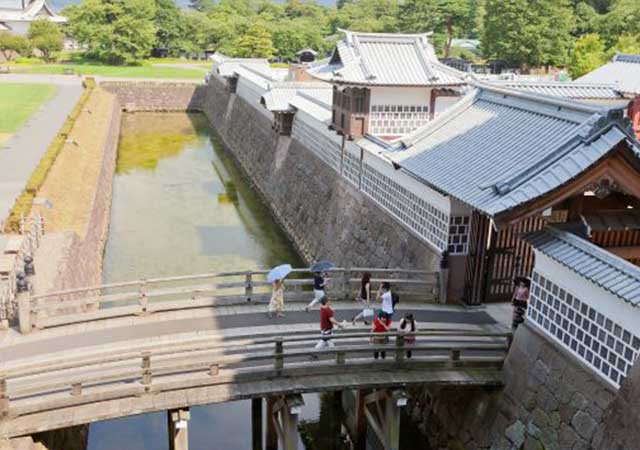
Construction of Kanazawa Castle began in 1580 on the orders of Sakuma Morimasa, a vassal of Oda Nobunaga. The castle was built on the site of the Ikko-ikki sect's Oyama Gobo temple, which is why it is sometimes called Oyama Castle. Morimasa managed to build several moats and begin construction of a castle town. However, after his defeat at the Battle of Shizugatake in 1583, he was executed, and ownership of the castle passed to Maeda Toshiie (1538–1599).
-
Nakatsu Castle
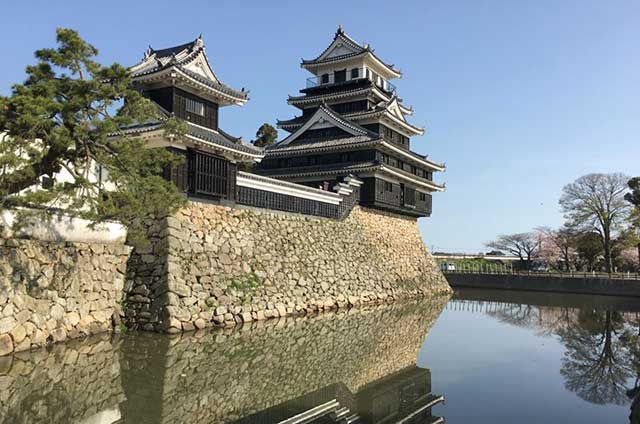
Kuroda Yoshitaka (1546–1604) was one of the closest advisors to the legendary military commander Toyotomi Hideyoshi. He took part in key military campaigns of the late 16th century, including the campaign against Shikoku in 1585 and the campaign against Kyushu in 1587. Later, during the second campaign in Korea, Yoshitaka served as chief advisor to the commander of the invasion forces, Kobayakawa Hideaki. After Hideyoshi's death, he swore allegiance to Tokugawa Ieyasu, thereby securing his influence and patronage under Japan's new leader.
-
Edo Castle
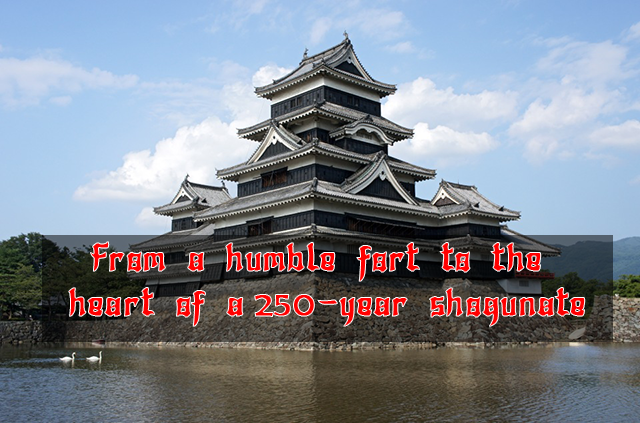
The history of Edo Castle dates back to the Heian period, when the Edo clan built a small fort on this site. In 1457, the vassal of the Uesugi clan, Ota Dokan (1432–1486), constructed a full-scale castle here. Internal conflicts weakened the Uesugi clan, and in 1524, Ota Dokan’s grandson, Ota Yasutaka, surrendered the castle without resistance to the forces of Hojo Soun, the ambitious leader of the Hojo clan. While Odawara Castle remained the clan's main stronghold, Edo was considered a key strategic fortress.
-
Anjo Castle

Anjo Castle was built on a slight elevation at the edge of the Hekikai Plateau, about 2 kilometers southeast of present-day central Anjo City in Aichi Prefecture. Today, the surrounding area thrives on large-scale agriculture and automotive manufacturing, utilizing the expansive flatlands and its proximity to the Nagoya region.
-
Numata Castle
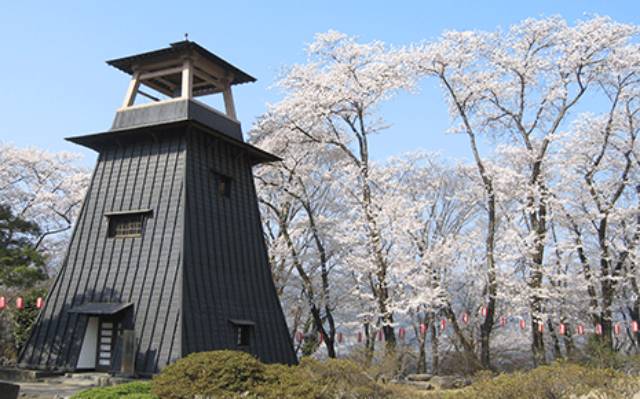
Numata Castle, located in Numata, northern Gunma Prefecture, Japan, has a rich and complex history. During the late Edo period, it served as the residence of the Toki clan, who ruled the Numata Domain. Over the centuries, the castle changed hands multiple times and was the site of significant battles during the Sengoku period.
-
Iwabitsu Castle
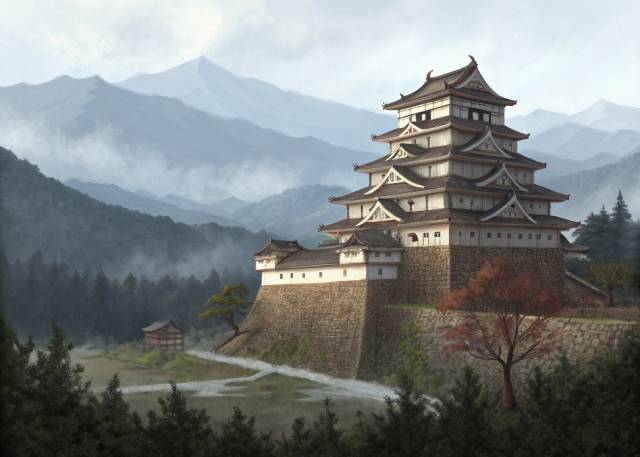
Iwabitsu Castle is a yamashiro-style (mountain) castle located atop Mount Iwabitsu in Higashiagatsuma, Gunma Prefecture, Japan. Recognized for its historical significance, its ruins have been protected as a National Historic Site since 2019.
-
Tsutsujigasaki Castle

Tsutsujigasaki Castle (Tsutsujigasaki Yakata) served as the fortified residence of the last three generations of the Takeda clan and is located in the heart of Kofu, Yamanashi Prefecture, Japan. Unlike traditional Japanese castles, it was not referred to as a "castle" in Japanese, as the Takeda clan famously believed in relying on their warriors as their true fortifications, stating, "Make men your castle, men your walls, men your moats." Designated a National Historic Site in 1938, the ruins are now open to the public and house the Takeda Shrine, a Shinto shrine dedicated to the deified spirits of the Takeda clan.
-
Nagoya Castle
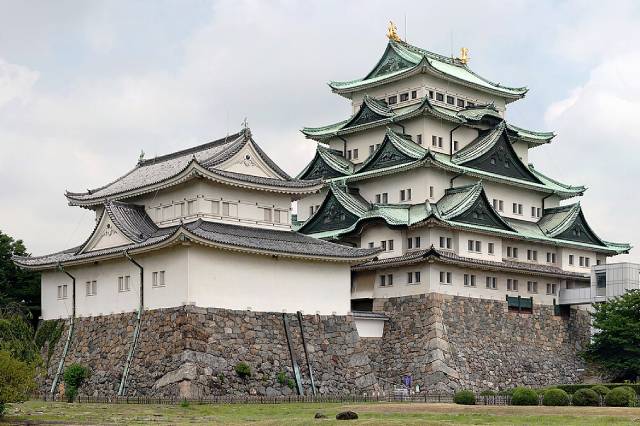
Nagoya Castle, originally built by the Owari Domain in 1612 during the Edo period, stands on the site of an earlier Oda clan castle from the Sengoku period. It became the centerpiece of Nagoya-juku, a significant castle town on the Minoji road, which connected two major Edo Five Routes: the Tokaido and the Nakasendo. In 1930, ownership of the castle was transferred to the city by the Imperial Household Ministry, establishing it as the focal point of modern Nagoya. Although partially destroyed in the Pacific War in 1945, the castle has undergone continuous restoration and preservation efforts since 1957.

